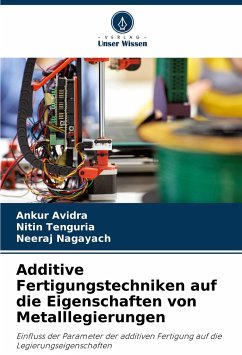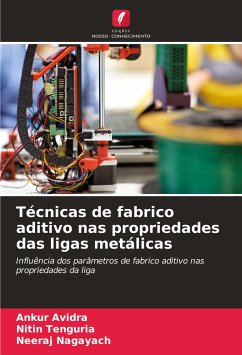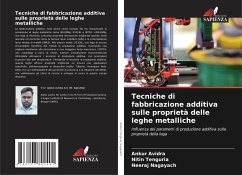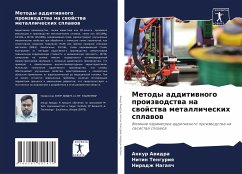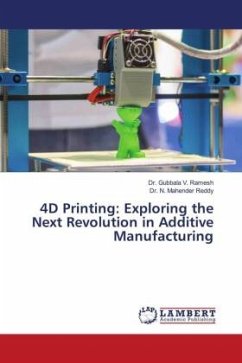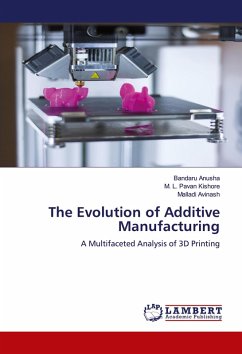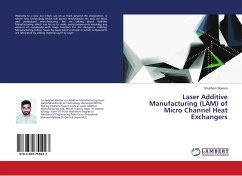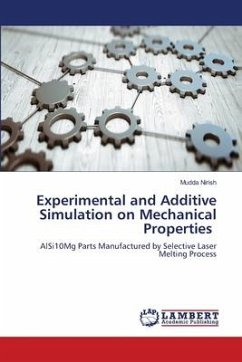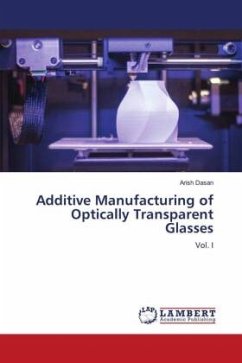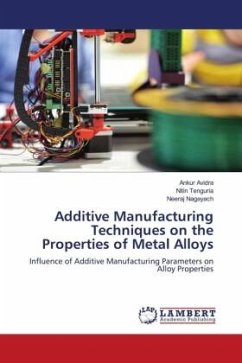
Additive Manufacturing Techniques on the Properties of Metal Alloys
Influence of Additive Manufacturing Parameters on Alloy Properties
Versandkostenfrei!
Versandfertig in 6-10 Tagen
45,99 €
inkl. MwSt.

PAYBACK Punkte
23 °P sammeln!
Additive manufacturing, also known as 3D printing, has revolutionized the production of metal alloys like AlSi10Mg, SS316L, and IN718. AlSi10Mg, an aluminum alloy, exhibits enhanced mechanical properties when processed through techniques such as selective laser melting (SLM) or direct metal laser sintering (DMLS). Similarly, SS316L, a stainless steel alloy, benefits from additive manufacturing methods, showcasing improved corrosion resistance and mechanical strength. IN718, a nickel-based super alloy, undergoes optimized micro structural evolution through additive manufacturing processes, resu...
Additive manufacturing, also known as 3D printing, has revolutionized the production of metal alloys like AlSi10Mg, SS316L, and IN718. AlSi10Mg, an aluminum alloy, exhibits enhanced mechanical properties when processed through techniques such as selective laser melting (SLM) or direct metal laser sintering (DMLS). Similarly, SS316L, a stainless steel alloy, benefits from additive manufacturing methods, showcasing improved corrosion resistance and mechanical strength. IN718, a nickel-based super alloy, undergoes optimized micro structural evolution through additive manufacturing processes, resulting in superior high-temperature performance. By leveraging additive manufacturing techniques, these alloys offer enhanced properties tailored to specific applications, ranging from aerospace to medical devices. However, challenges remain, including optimizing process parameters and mitigating defects, underscoring the ongoing research and development efforts in this dynamic field.






